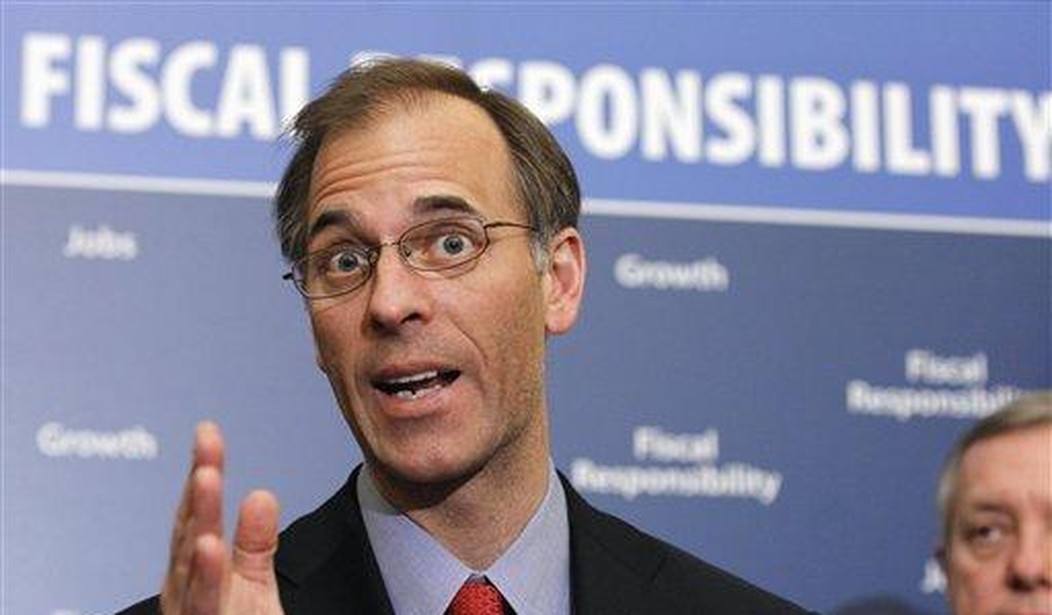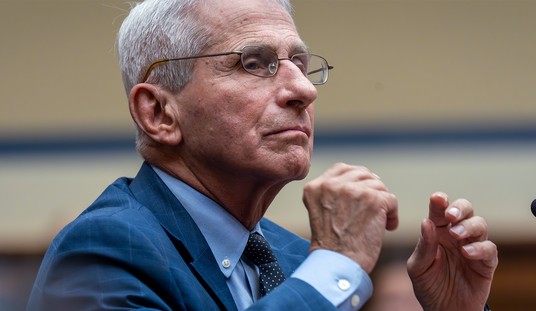Yes, this leading indicator shows a surge of activity, but don’t order the confetti just yet. Today’s ADP employment report certainly does offer some hope for a breakout month of job creation in May, projecting a gain of 253,000 private-sector jobs from the previous month. That came in well above the estimates from other economists, and showed a rebound in ADP’s series:
Private-sector jobs growth rebounded in May, according to ADP pic.twitter.com/f5PLvAbKnS
— MarketWatch Economy (@MKTWeconomics) June 1, 2017
Private sector employment increased by 253,000 jobs from April to May according to the May ADP National Employment Report®. Broadly distributed to the public each month, free of charge, the ADP National Employment Report is produced by the ADP Research Institute® in collaboration with Moody’s Analytics. The report, which is derived from ADP’s actual payroll data,
measures the change in total nonfarm private employment each month on a seasonally-adjusted basis. …“May proved to be a very strong month for job growth,” said Ahu Yildirmaz, vice president and co-head of the ADP Research Institute. “Professional and business services had the strongest monthly increase since 2014. This may be an indicator of broader strength in the workforce since these services are relied on by many industries.”
Mark Zandi, chief economist of Moody’s Analytics said, “Job growth is rip-roaring. The current pace of job growth is nearly three times the rate necessary to absorb growth in the labor force. Increasingly, businesses’ number one challenge will be a shortage of labor.”
Expectations for tomorrow’s official report don’t appear to be getting an upward revision, however, and for good reason. While ADP’s data in a series often gives a good look at trends in the jobs marketplace, it’s not a terribly reliable indicator on a month-to-month basis. It often overshoots the official BLS data, as it did in February and March — by wide margins. Zandi has been predicting “blowout” job creation nearly all year, but March’s 98,000-job flop cooled that talk for a while. It’s probably best to take this prediction with a grain of salt, too.
Bloomberg notes that Zandi may be correct about the full-employment picture, regardless of whether ADP hits the mark tomorrow. Keep an eye on the U-6 result, which measures unemployment combined with underemployment, rather than the U-3 unemployment figure:
That measure, also known as U-6, is falling in leaps and bounds as employers increasingly find themselves competing for workers. Its decline to 8.6 percent in April capped the biggest three-month slide since 2011, and analysts reckon it will keep dropping in coming months, albeit more slowly, as the economy’s projected rebound further encourages businesses to boost headcounts.
“There’s a good economic reason for why this rate should continue to fall,” said John Silvia, chief economist at Wells Fargo Securities LLC in Charlotte, North Carolina. With unemployment so low and wages picking up, “there’s an ability, finally, to get the marginal and part-time workers in. They do see more opportunities for work, and employers do see the need to hire given the strength of the American consumer.”
The rate’s decline underscores the bigger picture of a job market that’s surprised many analysts with its persistent gains. Employers probably added 180,000 people to payrolls last month, based on the median estimate of economists ahead of Friday’s Labor Department report. That’s in line with the year’s average pace but more than needed to keep up with labor-force growth. The main unemployment rate is forecast to hold at 4.4 percent, the lowest since 2007.
That seems rather optimistic; a significant number of working-age adults disappeared into disability status, and have yet to come back out. The Trump administration wants to adjust the means testing in that program and others to push these sidelined workers back into the jobs market. If that happens, then U-6 will rise again before coming back down, but we’ll also need to see job growth at a higher rate than in the mid-200Ks at some point as well.
Why is that? Bloomberg’s Sho Chandra is correct in noting that the 180K range is better than maintenance level growth, but it’s not clear that it’s much better than that. According to the Census Bureau, US population grew by roughly 2.3 million in 2016, or an average of 192,000 people per month. The employment ratio, according to BLS data, has been pretty consistent at 59-60%, and the civilian workforce participation ratio is 63%. At those numbers, we’d need to add 121,000 jobs per month just to keep up with population growth, give or take a little depending on other factors. The 180K level is more like a maintenance-plus level, not remarkable growth, and even a couple of months of 250K growth isn’t going to push U-6 down much further in the short run.
Tomorrow, the data to watch will be both U-6 and wages. If the latter starts really moving up quickly, then we may be beginning to see a tight labor market that will lift all boats. It certainly may prove true, but … better to wait for real evidence of it.








Join the conversation as a VIP Member